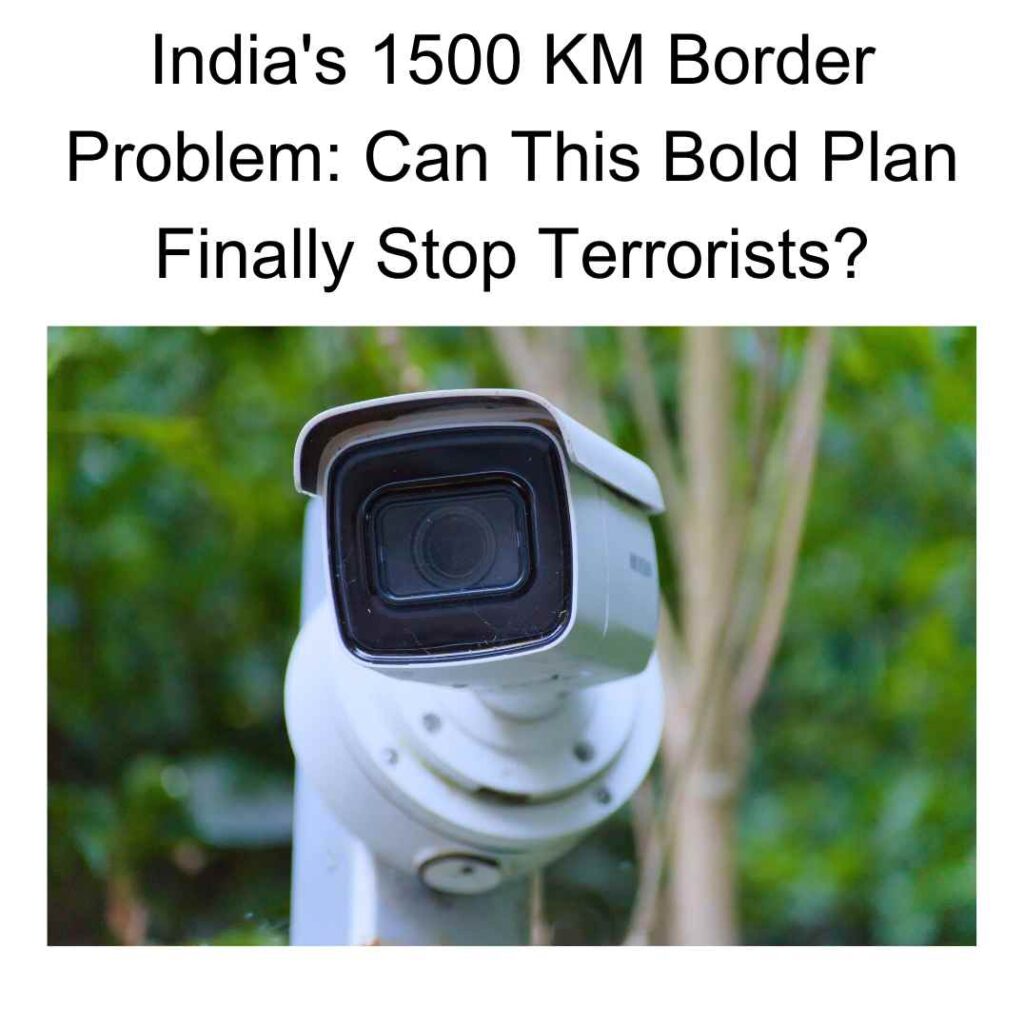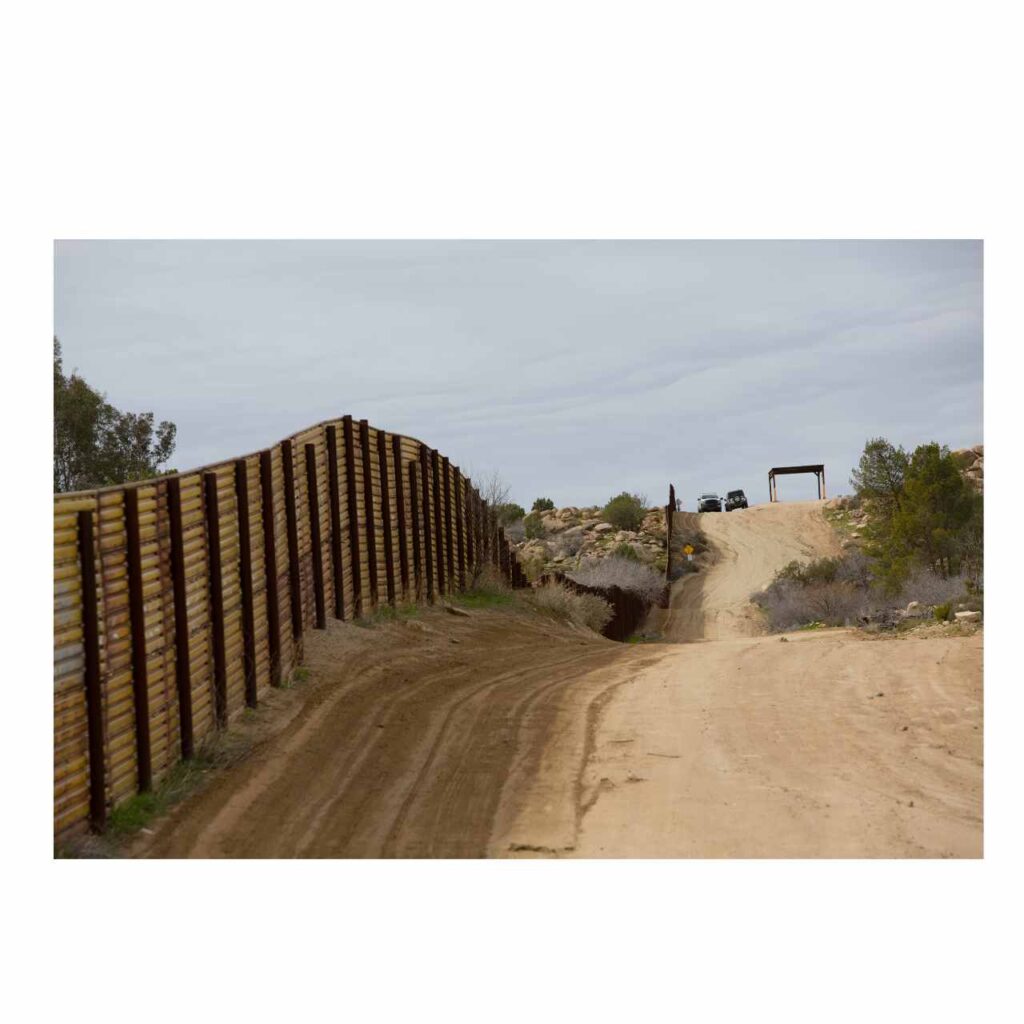India shares thousands of kilometers of borders with neighboring countries. Some of these areas are sensitive and at risk of terrorist infiltration. The 1500 km stretch, especially in Jammu & Kashmir, Punjab, and Rajasthan, needs special attention.
In this blog, we will explain a detailed and simple plan to secure India’s border. The plan uses technology, community help, military strength, and smart spending.
1. Building Strong Border Walls and Fences
First, we need physical barriers. These are fences, walls, and security posts.
- Use “smart fencing” with sensors, laser walls, and cameras.
- Build concrete walls in highly risky areas.
- Install floating barriers in river zones.
- Use drones for wide desert and river areas.
Cost Estimate: Around Rs. 1.5 to 3 crore per km. For 1,500 km, the total cost is Rs. 1,500 – 3,000 crore.
2. Adding Smart Technology to Watch the Borders
Just fences are not enough. We need smart tools.
- Small drones flying 24×7.
- Satellite monitoring with AI support.
- Motion sensors hidden in soil and sand.
- Remote-controlled gun stations in high-risk zones.
Cost Estimate:
- Drones: Rs. 1,000 crore.
- Satellite and AI: Rs. 500–700 crore.
- Ground sensors: Rs. 3–5 crore per 10 km.
3. Trained Forces on the Ground
Even with technology, we need people.
- Train special border teams (BATs) for every 30 km.
- Change troops often to avoid fatigue.
- Start a village guard program to train locals.
Cost Estimate: Around Rs. 2,000 crore yearly for recruitment, training, and salaries.
4. Better Intelligence Gathering

To stop attacks, we need better information.
- Build local intelligence centers.
- Share data between IB, RAW, BSF, and the Army.
- Use informers in nearby areas across the border.
Cost Estimate: Around Rs. 300 to 500 crore.
5. Build Roads and Emergency Support Posts
Soldiers need to move fast and stay safe.
- Border Roads Organisation (BRO) to build strong roads.
- Build safe bunkers for soldiers.
- Keep fast-moving army vehicles ready.
Cost Estimate: Rs. 5,000 to 6,000 crore over 5 years.
6. Cybersecurity and Drone Defense
Technology can be hacked. We must stop that.
- Cyber units to block GPS jamming.
- Install anti-drone guns and jammers.
Cost Estimate:
- Cyber units: Rs. 300–400 crore.
- Drone defense: Rs. 500 crore.
7. Local Community Involvement
Local people are the first to see danger.
- Build schools and clinics in border villages.
- Provide solar lights and clean water.
- Offer jobs like cattle guarding or orchard work.
Cost Estimate: Rs. 1,500 crore across all areas.
Step-by-Step Plan for Implementation
Phase 1 (0–6 months):
- Focus on 500 km of highest risk.
- Install fencing, drones, and sensors.
Phase 2 (6–18 months):
- Add tech systems and elite forces.
- Build roads and bunkers.
Phase 3 (18–36 months):
- Start cyber defense and civil programs.
- Add remote-controlled weapons.
Phase 4 (36–60 months):
- Complete fencing.
- Fully integrate satellite and AI tools.
Total Estimated Cost Summary
- One-time cost: Rs. 15,000 to 20,000 crore
- Annual cost (staff, updates, repairs): Rs. 3,000–4,000 crore
What Challenges Will We Face?
- Tough terrain like mountains and rivers
- Enemy firing during setup
- Changing weather
- Yearly budget approvals
Why This Will Work
This plan uses:
- Technology for real-time alerts
- People power from trained forces and villagers
- Community care to stop migration from border areas
- Cyber protection from hacking and drones
All of this can protect India from terrorists trying to cross into the country. With step-by-step planning and smart money use, this plan is possible.
Conclusion: A Safer Border, A Stronger Nation
India has the tools, the people, and the will. We just need a clear plan and steady execution. With this strategy, we can stop infiltration and keep our borders safe. It’s not just about security; it’s about building trust, pride, and safety for every Indian.

















* * * Get Free Bitcoin Now: http://anuradhatai.com/index.php?3h2vwh * * * hs=ea7f6f7e6a092a996399f2f21c0dbbb5* ххх*
bd176b